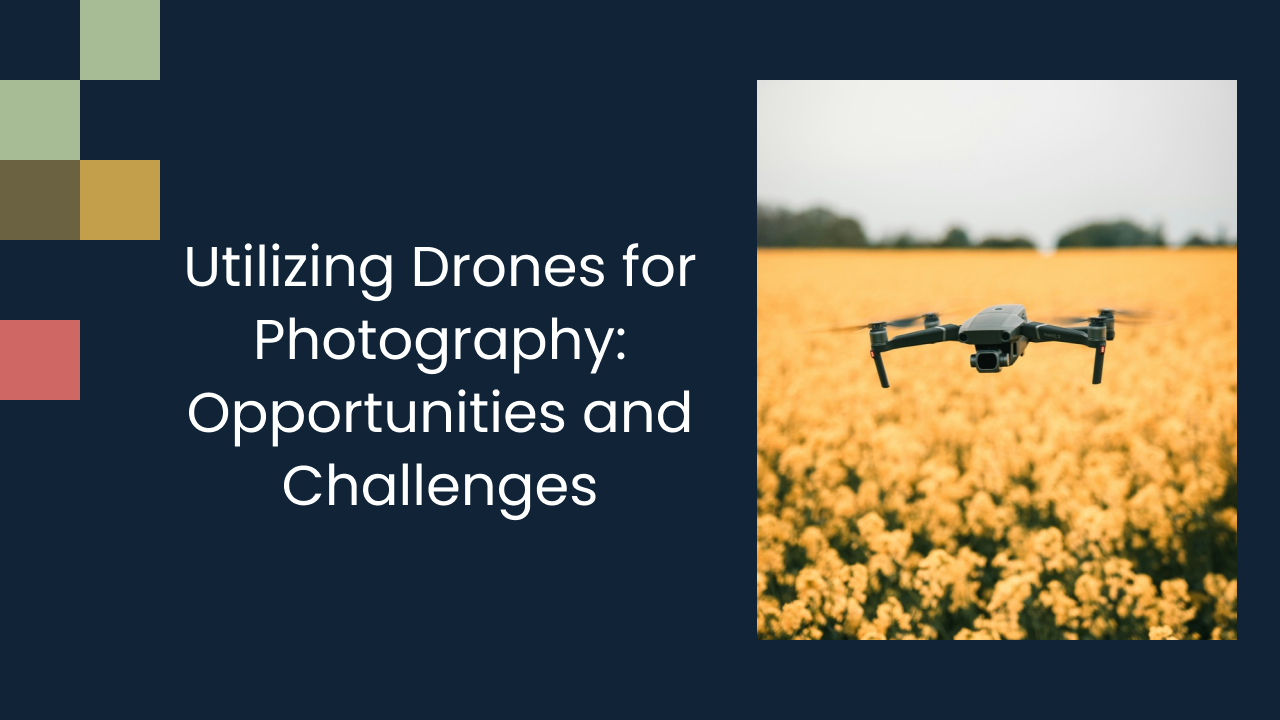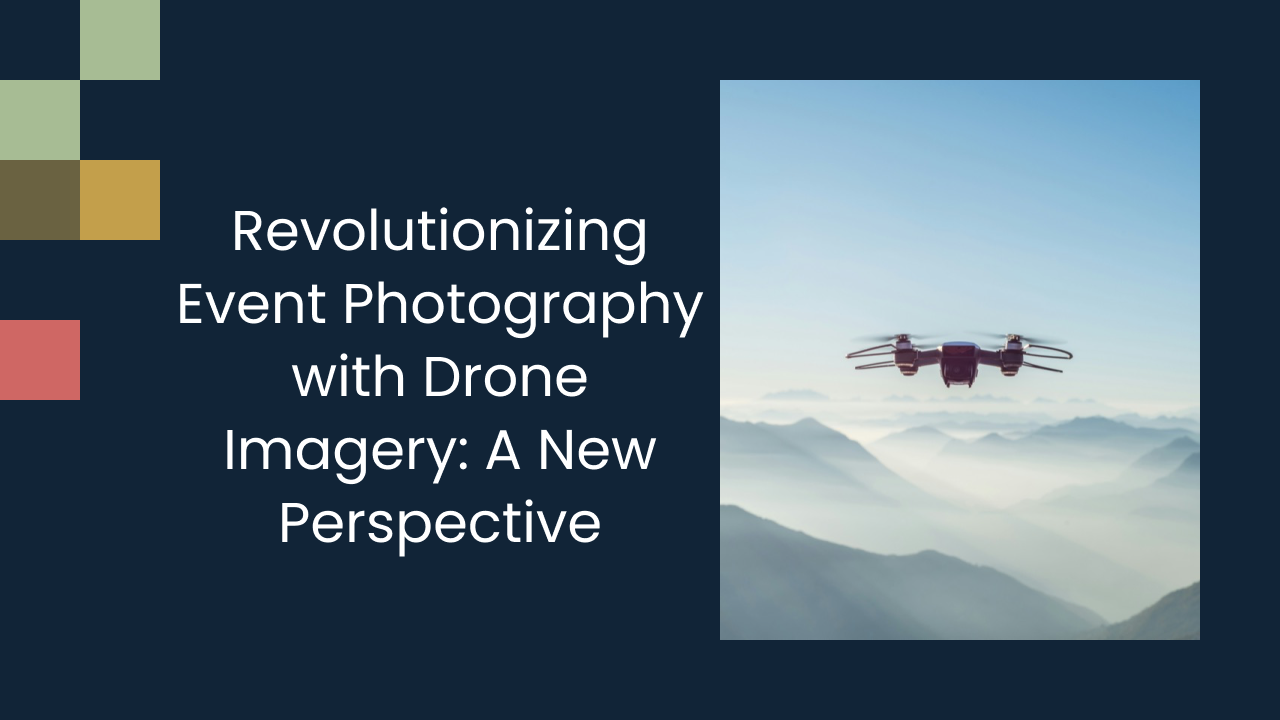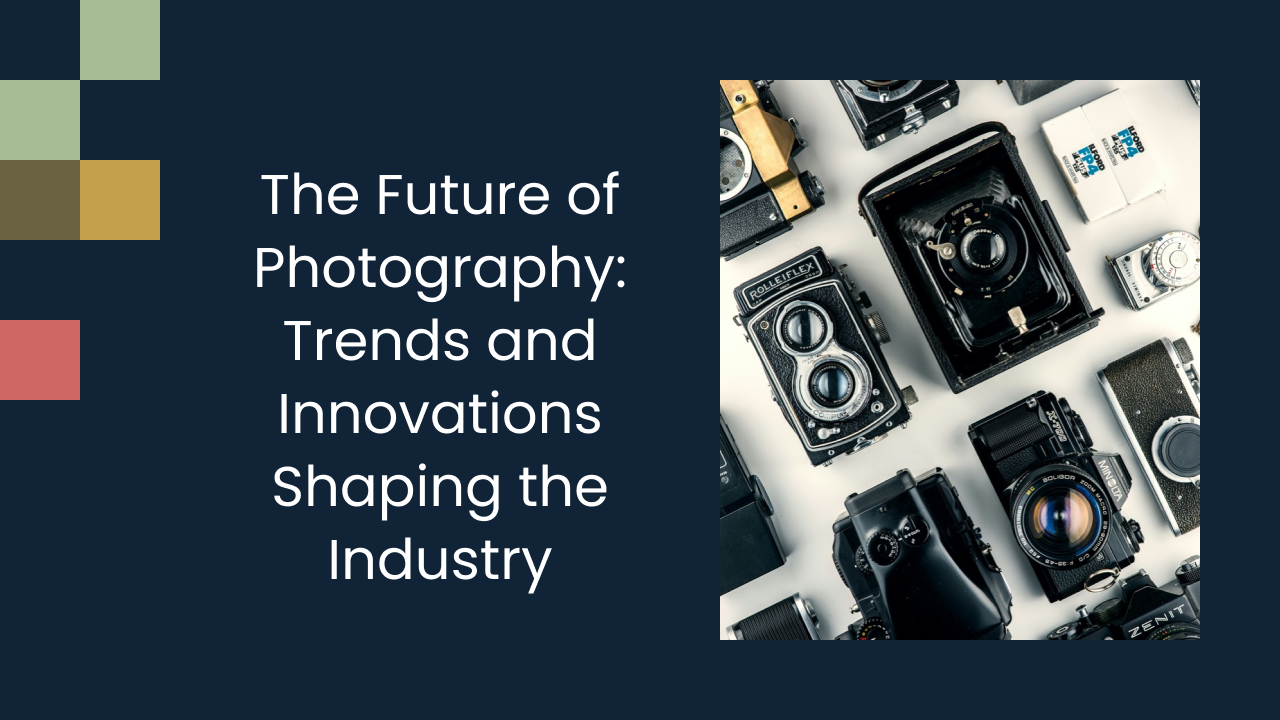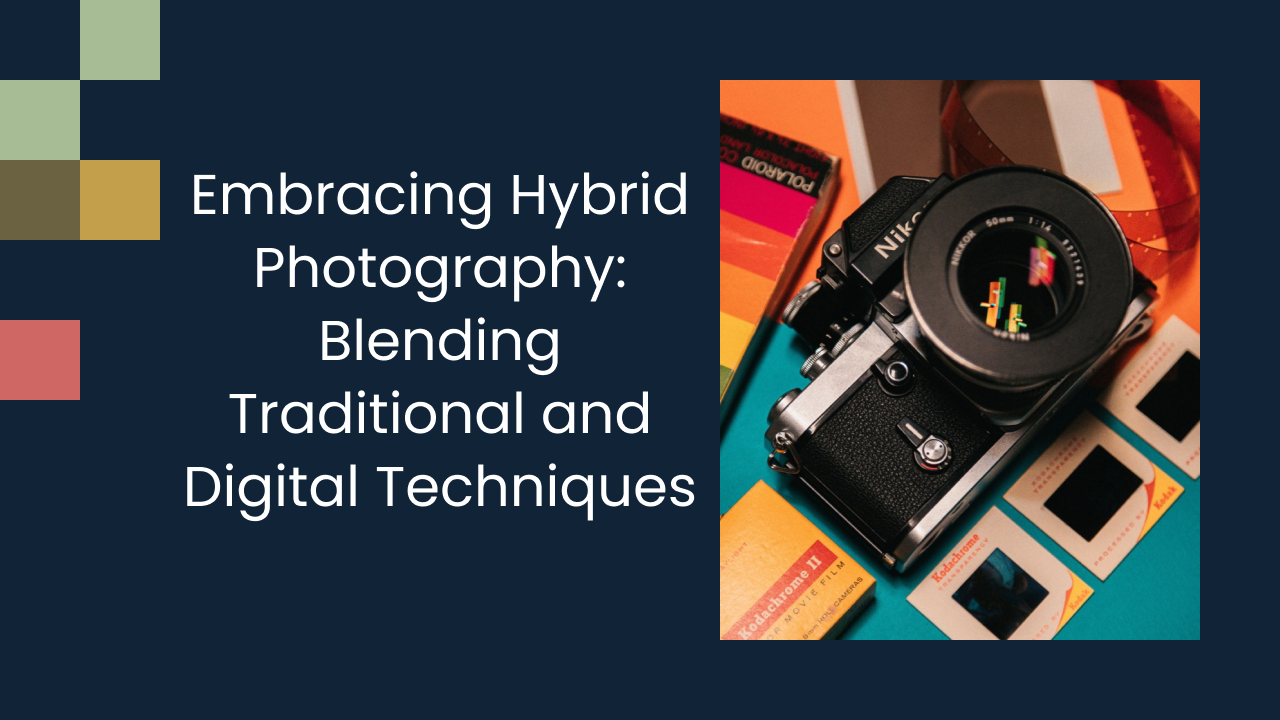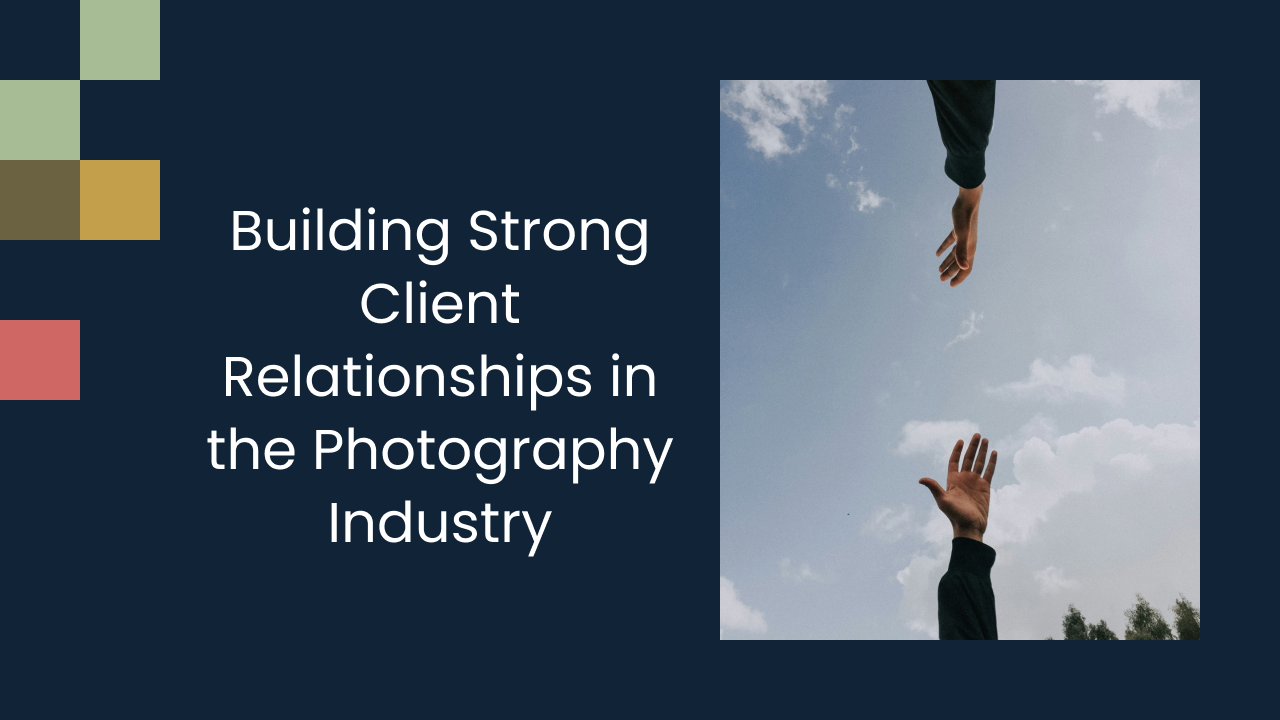Utilizing Drones for Photography: Opportunities and Challenges
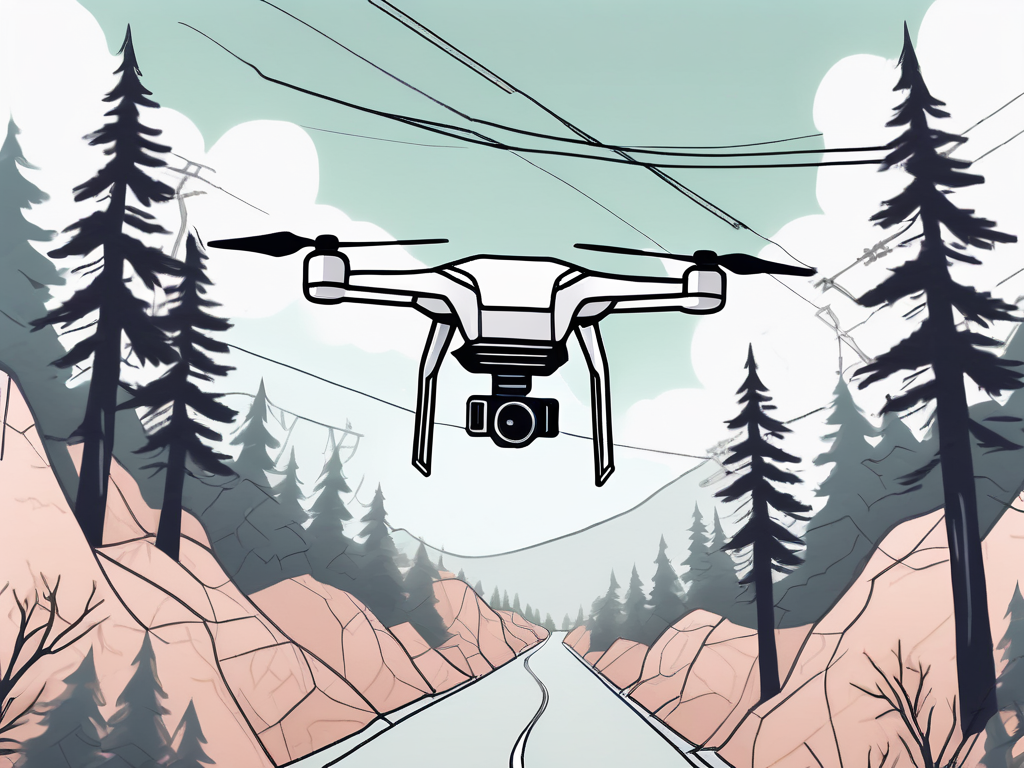
Drones have revolutionized the field of photography, opening up a whole new world of opportunities while also presenting unique challenges. In this article, we will delve into the vast potential of drone photography and explore the various aspects that make it both exciting and demanding.
Understanding Drone Technology
Before exploring the world of drone photography, it is crucial to have a basic understanding of drone technology. Drones consist of several components that work together harmoniously to capture breathtaking aerial shots.
Delving deeper into the intricacies of drone technology reveals a fascinating world of innovation and engineering marvels. Beyond their external appearances, drones are a symphony of cutting-edge technology and precise mechanisms that enable them to soar through the skies with grace and agility.
Basic Components of a Drone
A typical drone is comprised of the following basic components:
- Frame: The framework or structure that houses all the other components.
- Motors: Provide the necessary propulsion to keep the drone airborne.
- Propellers: Attached to the motors, these blades generate the lift required for flight.
- Camera: The most critical component for drone photography, capturing stunning visuals from unique perspectives.
- Controller: Enables remote control of the drone's movements and camera settings.
Furthermore, the integration of GPS systems in modern drones allows for precise positioning and navigation, enhancing the overall flight experience and enabling features such as automated flight paths and return-to-home functions for added safety and convenience.
Types of Drones for Photography
There are various types of drones available specifically designed for photography purposes. Some popular options include:
- Consumer Drones: Affordable and user-friendly drones suitable for hobbyists and beginners.
- Professional Drones: High-end drones equipped with advanced features and capable of capturing professional-grade photographs.
- Fixed-Wing Drones: Designed like airplanes, these drones excel in covering larger areas during aerial photography sessions.
Each type of drone caters to different needs and skill levels, offering a diverse range of capabilities to suit various photography requirements. Whether you are a novice looking to explore the skies or a seasoned professional seeking to push the boundaries of aerial photography, there is a drone tailored to meet your specific goals and aspirations.
The Art of Drone Photography
Drone photography is not just about flying a camera in the sky; it is an art that requires skill and creativity. Here are some essential techniques to master:
Drone photography has revolutionized the way we capture images, offering unique perspectives and breathtaking views that were once only possible with expensive equipment or helicopters. The ability to soar above landscapes and cityscapes provides photographers with a canvas unlike any other, opening up a world of creative possibilities.
Essential Drone Photography Techniques
To capture mesmerizing aerial shots, photographers must familiarize themselves with techniques such as:
- Composition: Carefully composing the elements within the frame to create visually appealing images.
- Lighting: Understanding how natural light interacts with the subject and leveraging it to enhance the photograph.
- Motion Blur: Experimenting with different shutter speeds to portray movement and convey a sense of dynamism.
Each of these techniques plays a crucial role in elevating drone photography from a simple snapshot to a work of art that evokes emotion and captivates the viewer.
Tips for Capturing Stunning Images
To take drone photography to the next level, consider the following tips:
- Scout Locations: Researching and scouting locations beforehand allows you to find unique angles and perspectives.
- Use Filters: Employing filters can help control exposure, eliminate glare, and enhance the overall image quality.
- Experiment with Settings: Adjusting camera settings such as aperture, ISO, and white balance can drastically change the outcome of your photos.
By incorporating these tips into your drone photography workflow, you can push the boundaries of creativity and capture images that leave a lasting impression on viewers. Remember, the art of drone photography is not just about capturing a moment; it's about telling a story through a unique and captivating visual medium.
Opportunities in Drone Photography
Drone photography has opened up numerous opportunities for both amateur and professional photographers. Let's explore some of these possibilities:
Expanding Creative Horizons
With drones, photographers can capture images from vantage points that were previously inaccessible. This enables them to unleash their creative potential and present the world in new and compelling ways.
Imagine hovering above a majestic waterfall, capturing the cascading water from a bird's eye view, or documenting a bustling cityscape from a perspective that showcases the intricate patterns of urban life. The possibilities for creativity are endless with drone photography, offering a fresh and innovative approach to visual storytelling.
Commercial Applications of Drone Photography
Drone photography has found its place in various commercial industries, including real estate, tourism, and cinematography. Aerial shots provide a unique perspective that can enhance marketing materials and captivate audiences.
In the real estate sector, drone photography offers potential buyers a comprehensive view of properties, showcasing not just the house itself but also the surrounding neighborhood and landscape. This immersive experience can help clients make informed decisions and visualize their future homes in a more vivid way. Similarly, in the tourism industry, drone photography can capture breathtaking aerial views of exotic destinations, enticing travelers and creating a sense of wanderlust.
Challenges in Drone Photography
While drone photography offers immense potential, it also comes with its fair share of challenges. Let's explore some of the hurdles photographers may encounter:
Drone photography has revolutionized the way we capture images, providing unique perspectives and breathtaking views. However, along with the excitement of exploring the skies comes a set of challenges that photographers need to navigate.
Legal and Ethical Considerations
Operating drones for photography purposes requires adhering to strict laws and regulations imposed by aviation authorities. Additionally, photographers must respect the privacy and safety of individuals when capturing images from above.
Understanding airspace regulations, obtaining necessary permits, and ensuring compliance with privacy laws are crucial aspects of drone photography. It's essential for photographers to stay updated on the evolving legal landscape to avoid any potential issues while pursuing their creative vision.
Technical Difficulties and Solutions
Technical issues such as battery life, signal interference, and unpredictable weather conditions can impact the success of a drone photography session. However, staying informed about the latest drone technology advancements and maintaining backup equipment can help mitigate these challenges.
Ensuring proper maintenance of drones, calibrating equipment before each flight, and conducting pre-flight checks are essential practices to minimize technical disruptions during a photography session. Investing in high-quality batteries, signal boosters, and weatherproofing gear can also enhance the reliability and performance of drones in various shooting conditions.
Future of Drone Photography
The future of drone photography is filled with exciting possibilities and advancements. Let's take a glimpse into what lies ahead:
Emerging Trends in Drone Technology
Ongoing technological advancements are making drones more agile, intelligent, and capable. Features like obstacle avoidance, automated flight modes, and improved camera capabilities will continue to shape the future of drone photography.
Predictions for Drone Photography
As drone photography becomes increasingly mainstream, we can expect to see a surge in creative applications across various fields. From aerial documentaries to virtual reality experiences, the potential for innovation in drone photography is limitless.
Impact on Traditional Photography
One interesting aspect to consider is the impact of drone photography on traditional photography methods. While drones offer unique perspectives and the ability to capture shots from previously inaccessible angles, traditional photographers may find themselves adapting their techniques to stay competitive in the evolving industry.
Regulatory Challenges and Solutions
With the rise in drone usage for photography, regulatory challenges have emerged regarding safety, privacy, and airspace regulations. Governments and aviation authorities are continuously working on implementing solutions such as drone registration, no-fly zones, and pilot licensing requirements to ensure responsible drone operation.
Looking for an easier way to manage and grow your studio? Experience a platform built by a photographer, for photographers. Try it free for 2 weeks.
